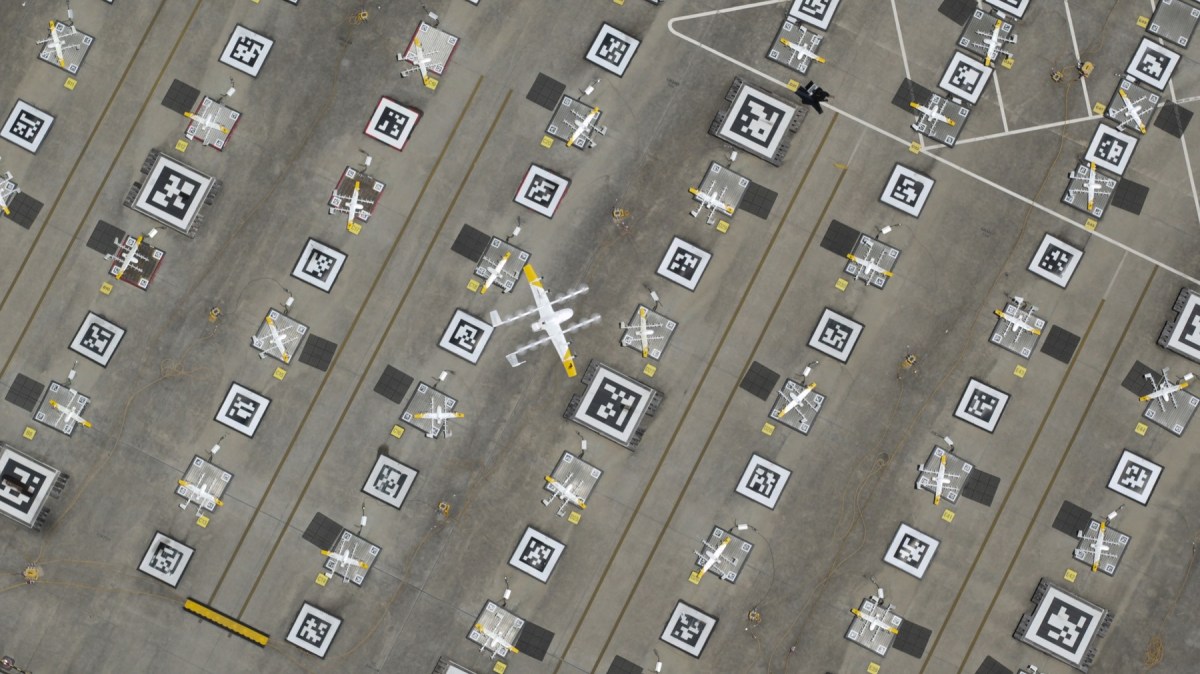In recent years, Wing has enabled drone delivery to seamlessly integrate with existing delivery infrastructure for restaurants and retailers, launching delivery services from parking lots and rooftops, as well as integrated with delivery apps such as DoorDash.
To date, it has managed to move up to 1,000 packages per day in a delivery region of more than 100,000 people.
These research and development (R&D) and commercial operations efforts have largely been directed towards the development of a logistics platform called Wing Delivery Network, according to Wing CEO, Adam Woodworth.
“Wing Delivery Network is a decentralised, automated system that can support high-volume drone delivery across a major metro area or a more sparsely populated region,” he said.
“The network is managed by logistics automation software that constantly allocates hardware resources at a city or metro-wide scale. The software manages three basic hardware elements – delivery drones, pads for take-off, landing and re-charging between trips, and autoloaders that allow our partners to preload packages for automatic pickup.
“Our Autoloader allows our delivery drones to perform what has become a popular service, curbside pickup, on the consumer’s behalf, with no additional work for store employees. The AutoLoader includes a spot where store employees can latch packages without waiting for the drone to arrive. Once the system confirms a package has been dropped off, a drone is dispatched to pick it up and then deliver it to the customer with no power or data connection required.”
Drones within the Wing Delivery Network can pick up, drop off, travel, and charge in the pattern that makes the most sense for the entire system. For example, with multiple charging spots, the drones have the flexibility to meet peaks in consumer demand across entire cities. Pad locations can be added with the aircraft themselves used as the surveying tools to update and expand the network.
“Wing Delivery Network’s automation makes it easy to deploy and maintain. For businesses and other organisations, building drone delivery into the last mile can be as simple as ordering drones, turning them on, and letting them connect to the network,” Woodworth said.
“Rather than focusing on a single aircraft or delivery, our pilots can oversee fleets of autonomous delivery drones to ensure they’re operating safely and efficiently. Wing Delivery Network can also automate compliance with regulation–each time a plane is turned on it checks that it’s in the right place, has the right software, and is ready and approved to fly.”
Elements of Wing Delivery Network capabilities will be rolled out over the next 12 months. By the middle of 2024, Wing expects its system to be capable of handling tens of millions of deliveries at a lower cost per delivery than ground transportation can achieve for fast delivery of small packages.

